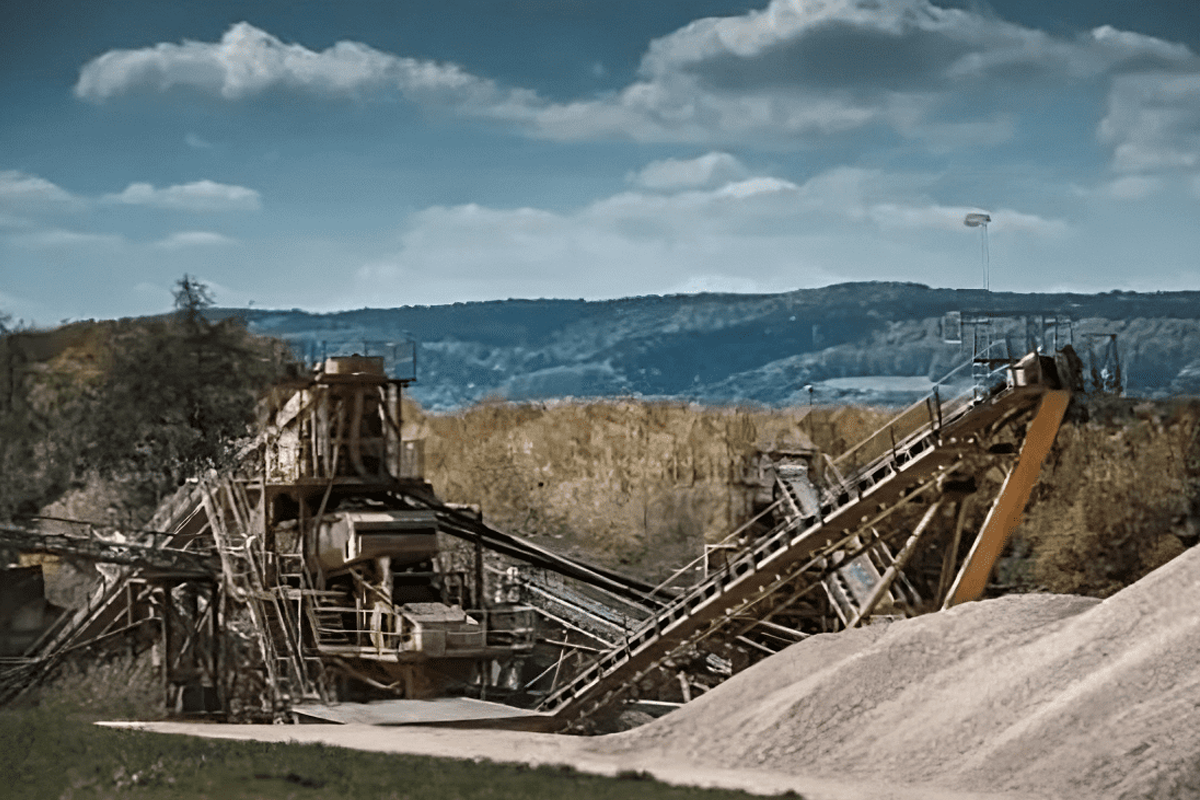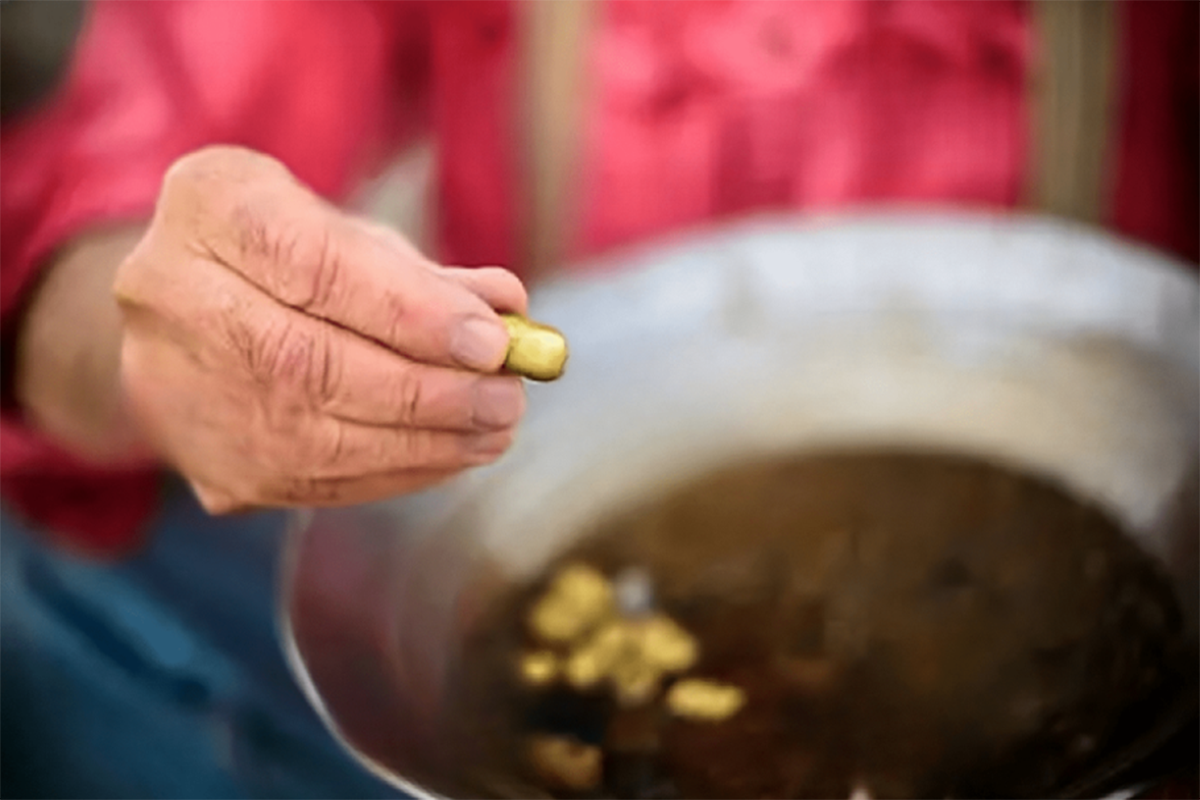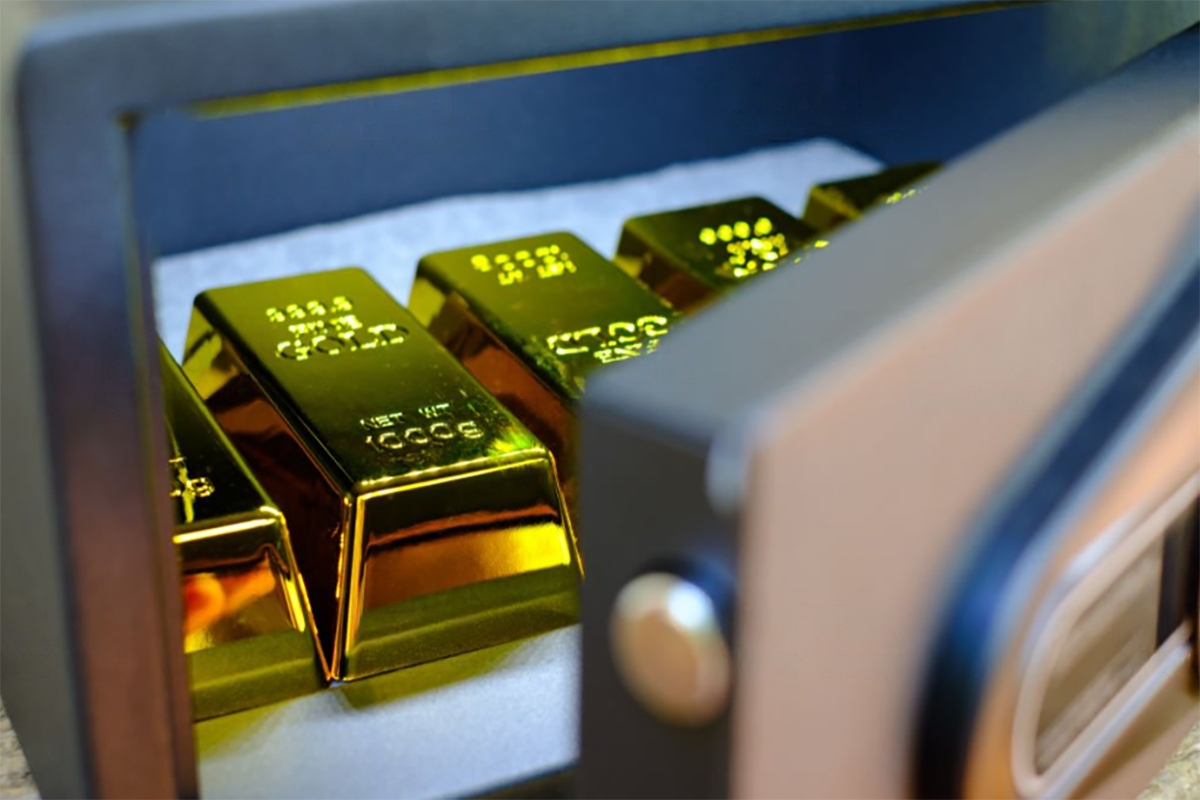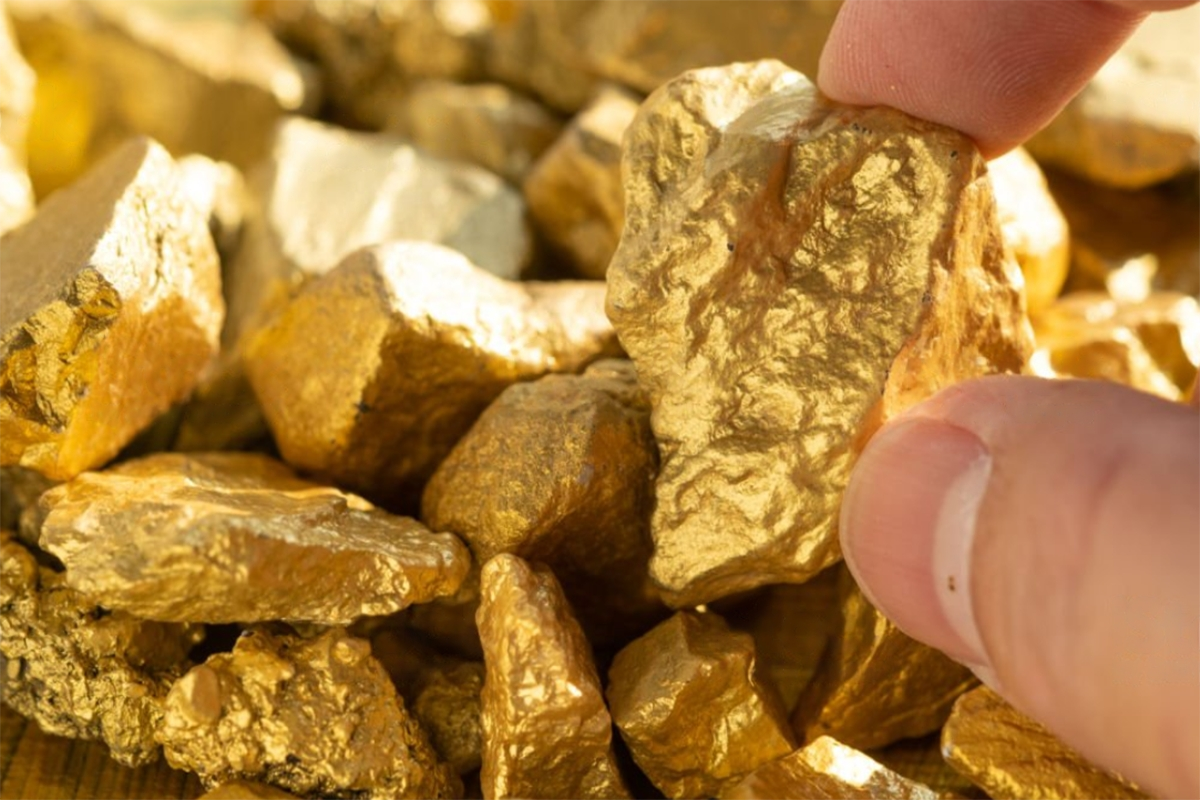Gold Mining
Embarking on a journey into the mining of gold is an adventure that takes you deep into the earth’s crust, where the precious metal lies hidden. It’s a journey that requires determination, perseverance, and a deep respect for the power of nature.
The journey begins with exploration, where geologists use various techniques to identify potential gold deposits. Once a deposit is identified, the site is prepared for mining. This involves clearing the land, building access roads, and constructing infrastructure such as power lines and water pipelines.
The actual mining process starts with drilling and blasting to create tunnels and shafts deep into the earth. Excavation follows, where the gold-bearing ore is removed from the ground and transported to the surface. The ore is then crushed and ground into a fine powder.
Next, the gold is extracted from the ore through a process known as cyanide leaching, where a cyanide solution is used to dissolve the gold from the ore. The gold is then separated from the solution and refined to remove any impurities.
The journey into the mining of gold is not without its challenges. Mining is a dangerous and physically demanding job that requires workers to be skilled and vigilant at all times. There are also environmental concerns to consider, as mining can have a significant impact on the surrounding ecosystem.

Processing Soil for Gold
Processing soil for gold is a complex process that requires specialized equipment and expertise. The first step in processing soil for gold is to take a sample of the soil and analyze it for the presence of gold. This is typically done by taking small samples of the soil and using a chemical analysis to detect the presence of gold particles.
Once a gold deposit is identified in the soil, the next step is to extract the gold from the soil. The most common method used to extract gold from soil is called gravity separation. This process involves using a series of screens and sluice boxes to separate the gold particles from the soil.
Quality Maintain Every Time
During the gravity separation process, the soil is mixed with water and then passed over a series of screens of decreasing mesh size. As the soil passes over the screens, the larger particles are separated from the smaller ones. The smaller particles, which are the gold particles, are collected in a series of sluice boxes that are designed to capture the gold.
Once the gold particles have been collected in the sluice boxes, the next step is to further refine and concentrate the gold. This is typically done using a process called amalgamation, where the gold particles are mixed with mercury. The mercury binds to the gold particles, forming a gold-mercury amalgam, which is then heated to remove the mercury, leaving behind pure gold.
Processing soil for gold is a time-consuming and labor-intensive process, but it can yield significant quantities of gold for those who are willing to invest the time and resources required. It’s important to note, however, that mining and processing gold can have a significant impact on the environment and local communities, so it’s essential to conduct mining operations responsibly and with care.




